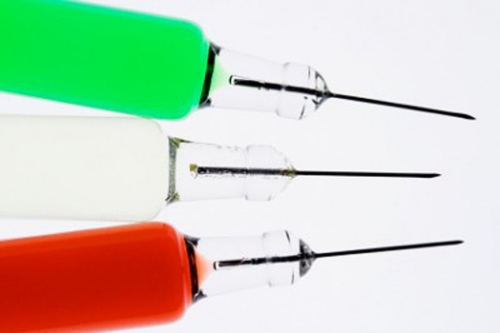Long renowned for dancing to a different tune, Italy’s eccentric, but more often than not, enlightened and high performance pharma, healthcare and life sciences community may at last be about to reign in a distinctive penchant for fragmentation.
Amongst the myriad of globally recognized luxury brands promulgated by the Italian fashion and automotive industries, another sector flourishes beneath the public’s radar. True to form as a national champion, Italy’s pharmaceutical industry punches above its weight and has supported the national economy through many a period of weakness. Professor Luca Pani, director general of the Italian Medicines Agency (AIFA), notes the “presence of a ‘Made in Italy’ element in pharmaceuticals which is no less pronounced as it is in cars for Ferrari, or in leather for Gucci.” “We are actually incredibly good as a nation in devising and harnessing numerically controlled machinery, as frequently deployed in pharmaceuticals manufacturing, and have repeatedly proved able complement this strength with tremendously strong local SME network delivering a quality of drug production that is simply outstanding,” he enthuses.
Part of the prestige attached to the ‘Made in Italy’ brand stems from the sheer level of creativity and attention to detail that Italian workmanship usually exhibits. End consumers may not have reason to wonder from where this lauded Italian flexibility and creativity derives, but those more familiar with the country witness a culture that prides elaborate, intricate, and sometimes convoluted methods over the simplest path. The Italian market access scenario for pharmaceutical products provides a fitting example. Pani recounts that AIFA “was originally established with the idea of calculating the risk-benefit and benefit-to-price ratios of new drugs within the very same institution.” A sensible and eye-catching model that “differentiates the Italian regulatory apparatus from its equivalent European counterparts.” For Pani, this “ability to fully negotiate the national registration for a drug ‘under one roof’ has become a real asset rendering AIFA the sole negotiator for public reimbursement.”
Unfortunately, such “coherence at the commanding heights” tends to be counteracted by the country’s eccentrically regionalized other decision making structures. Massimo Scaccabarozzi, president of Farmindustria explains that, even after “receiving approval from the national government, pharma firms cannot start selling, but instead are required to seek permission all over again on a region-by-region basis. In some provinces they get there in sixty days, in others it takes seven hundred days, and in others they quite frankly never get there at all,” he exclaims. “Italy is most definitely one of the most challenging countries for market access,” concurs Simona Falciai, general manager for Shionogi’s recently established Italian affiliate. Given the fact that getting market access for a product nationwide can require 20 sets of negotiations – one with AIFA and each of the 19 regional authorities – foreign companies penetrating Italy are “compelled to expend an inordinate amount of attention on figuring out how to bring their products to market,” she reveals.
Professor Walter Ricciardi of the Italian National Institute of Health (ISS) explains that this anomalous situation arose out of ill-thought-out modifications to the national constitution back in 2001. “Essentially, the provision of healthcare was delegated to the country’s 19 regions and two autonomous provinces, and the state did not retain sufficient competencies to maintain a homogeneous, effective and efficient system in the country.” Instead, as Ricciardi puts it, “heterogeneity proliferated resulting in a wildly imbalanced public health landscape with certain regions blessed with world-class care, while others languish blighted by dysfunction.” In his eyes, “the only way to ensure the country’s continued ability to maintain universal coverage is to refashion the governance model.” Such an eventuality may soon reach fruition with constitutional amendments already under discussion to that effect in the parliament, which would ultimately require ratification by referendum later in the year.
A tendency towards fragmentation, however, extends deeper than just the reimbursement decision-making structures, and at times appears to pervade the entire local market space. IMS managing director, Sergio Liberatore, points out that, “the entire marketplace is much more granulated than in many countries,” and is served by 240 wholesalers alongside direct sales between some pharmaceutical companies and pharmacies. This translates into “a high demand for connecting up the dots,” which chimes well with the data firm’s core competencies. “The complexity of the Italian marketplace creates a lot of work for us, and as such, while Italy has the 7th largest pharmaceutical market worldwide, our Italian affiliate is in fact the 3rd ranked office within the IMS global organization, he explains. “No sense of any change on that score,” he concludes.


